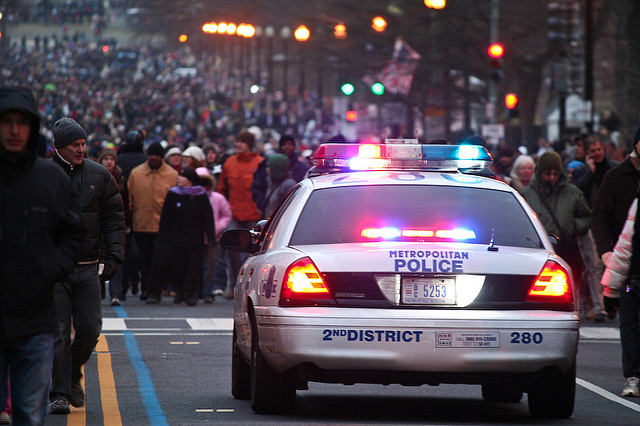Do you think that there is more or less crime in the U.S. today than there was a year ago?
That’s a question that Gallup poses to the American people every year, and for the last dozen years the vote has been overwhelmingly on the side of more perceived crime. In October 2013, 64 percent of those surveyed said that they believe there is more crime than in the previous year.
Further, only five percent believe that crime isn’t a serious problem in our country.
Taking the pulse of our national attitude toward crime is interesting. It changes over time and in the same way, our perception about crime and criminals change. Some borderline political matters,, like the country’s response to overcrowding in prisons, can also be included as part of our collective attitude about crime, and those attitudes changes as well. Let’s take a look at two main causes for our changes in attitude.
Fear Factors
Gallup asks people about specific fears. The survey found that 46 percent of people either often or occasionally fear that their homes will be burglarized while they are away and that 30 percent fear being burglarized while they are at home. Only four percent of those surveyed reported having their houses or apartments broken into in the past year. Interestingly, only two percent reported stolen cars. There were twice as many reported home break-ins as stolen cars.
 Photo by Alan Cleaver
Photo by Alan Cleaver
People take crime seriously, at least in the sense that the possibility of it causes them to worry. When asked how much they worry about the country’s crime problem, 47 percent responded, “a great deal,” and 28 percent said “a fair amount.” Certainly, crime has our attention.
However, there seems to be something of a breakdown in confidence when it comes to our judicial system. Only 28 percent of participants said that they had a “great deal” or “quite a lot” of confidence in the criminal justice system. This number isn’t very encouraging, but it was even worse in 1993, when only 17 percent of the people had those levels of confidence in the system.
Overall, public trust in the police fared better than the judicial system. A full 57 percent of those polled in 2013 had either a “great deal” or “quite a lot” of confidence in the police.
Three-Strike Laws
Washington State started the movement toward three-strike laws back in 1993—at the same time that we saw those very low confidence levels in the criminal justice system. Arizona enacted a three-strike law in 2006. These laws have not been enacted without controversy; however, there are some striking statistics that are likely due to their enforcement. For example, in Los Angeles the murder rate has greatly declined. In 1992 the city suffered 1,000 homicides. In 2012 there were only 297 homicides.
 Photo by Flickr User Joe Flood
Photo by Flickr User Joe Flood
Even so, as various bodies of government have found themselves struggling with budget deficits, three-strike laws have been singled out as a primary cause of overcrowding in prisons, a huge expense to any state government. As a result, we’ve seen attitudes sweep in the other direction, with more people in favor of reducing overcrowding by relaxing three-strike standards.
Even before Arizona enacted its three-strike law, we started to see groups lobby for sentencing reform that would lower the number of people jailed. Arizona is among the top states in terms of its crime index, so its big prison population isn’t helping to ease crime overall, at least according to advocates campaigning for changes to the sentencing requirements.
While we won’t come to any permanent or complete solution here, we want to point out that, although the national attitude about our country’s crime problem is subject to change, our individual attitudes toward protecting ourselves, our families and our property shouldn’t waiver. We should always be vigilant.

 We serve the entire Phoenix area, including
We serve the entire Phoenix area, including  We accept Cash, Checks and Major Credit Cards.
We accept Cash, Checks and Major Credit Cards.